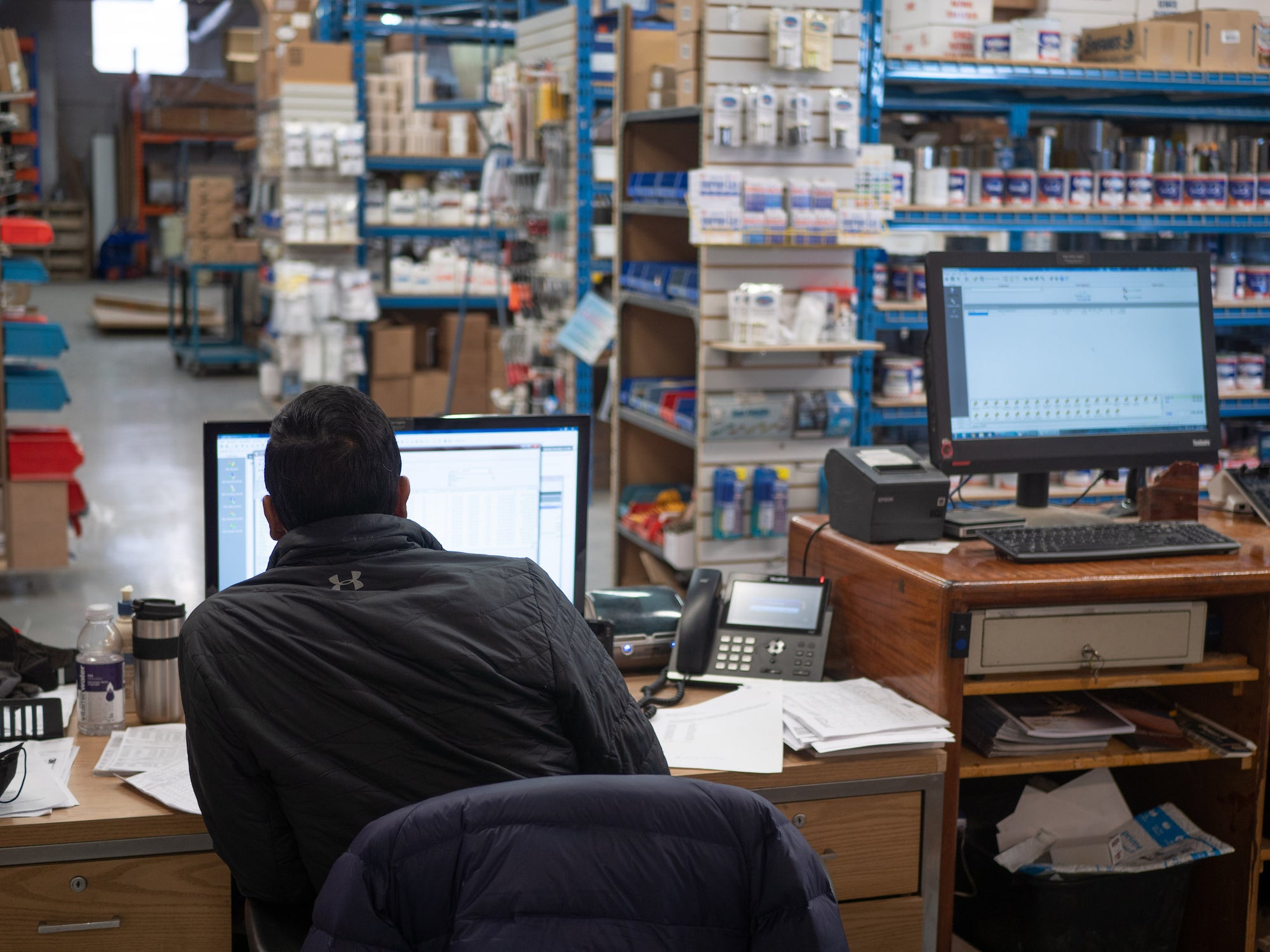RUNABOUT FLOOR REPLACEMENT
Real Marine Plywood is made with water and boil-proof glue, you can check this by boiling a sample for an hour or so. Some lumber yard plywood advertised as waterproof is actually water resistant and will come apart when boiled or exposed to the damp environment of a boat bilge for a few months. Marine ply is also void-free in the cores so no place for water to collect and therefore initiate rot. Marine ply usually has more plys than Fir and is made with Mahogany so is also stronger. Pressure-treated plywood is very rot-resistant, but the carrier for the fungicide is usually petroleum distillate/varsol which affects resin adhesion so does not work well with epoxy and polyester resins. Exterior grade (boil a sample) non pressure treated fir ply will work if you can find some that is reasonably void-free.
When installing a new floor in a fiberglass boat the plywood needs to be fitted with a bevel that matches the hull, but with about a ¼” gap, use a 3M Bubbles/Cabosil mixture with resin to fill the gap when you put the floor down. Use a mixing stick or cut a plastic spreader to make about a ¾” radius fillet between the floor and the side of the hull. The floor needs to be fiberglassed to the hull, this keeps water out of the bilge and helps stiffen the hull. You can just use 4” or 6” tape, but if you cover the whole floor and run the glass 3” or 4” up the side of the hull it will also protect the plywood. The manufacturer probably used a 1.5 oz mat and polyester resin because most of your boat was built with this combination, however, this resin does not stick well to wood. Epoxy is easier to use for repair and works well with wood so is usually used for retrofits, however, it does not work well with mat so go to 6 oz or 10 oz cloth. You can put the floor down with the fillet, let it cure, and sand before fiberglassing, but it saves a step if you do the glass right on the wet filler.
For finishing your floor either sand and paint, glue down the carpet, or Seadek peal and stick is easy and works well. You can also roll down thickened gelcoat to make a nonskid, but the gelcoat does not stick well to epoxy so you may have some chipping.
Boat floors usually rot from the bottom up so if you want to seal the plywood use epoxy after you have done all the fitting and trimming, use at least 2 coats, being sure to seal exposed edge grain. System 3 makes an excellent penetrating epoxy sealer called S1, but any high-solids epoxy such as East, West, MAS, or System 3 will work. These are all good epoxies but East System is a little less expensive, good stuff, just no money spent on the advertising budget. Polyester resin without fiberglass should not be used as a sealer as it will crack.
While you have the floor up it is a good idea to check the stringers, motor mounts, transom, and any other wood bits. Most runabouts also have “pour in place” flotation foam under the floor that may have gone to mush. This a closed cell foam so will not absorb water, but water sloshing around will eventually break down the cell structure. It is a good idea to replace the wet stuff as it will keep the boat afloat if you get a hole. Just mix and pour before installing the floor. A pour will rise about 6” in ½ hr. so you can just keep adding until full, trim excess with a bread knife.

